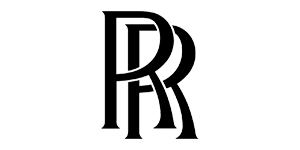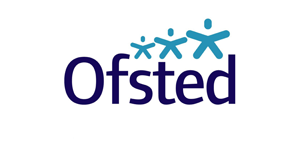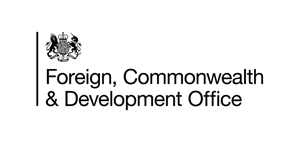Johari Window in Coaching

Building Trust, Feedback, and Self-Awareness in the Coaching Relationship
This compilation is an educational resource developed by the British School of Coaching. This series is compiled as a foundational resource for coaches in training. Each article introduces a practical coaching tool or model, grounded in theory and supported by real-world application. Whether you’re preparing for ILM coaching qualifications or looking to deepen your understanding of best practice in coaching, this series offers research-informed insights to strengthen your coaching toolkit.
Originally developed by Joseph Luft and Harry Ingham in 1955, the Johari Window remains one of the most enduring frameworks for improving self-awareness, strengthening communication, and enhancing interpersonal relationships. In the coaching context, it is particularly powerful for helping clients understand the dynamic between how they see themselves and how others perceive them.
The model encourages self-disclosure and feedback as pathways to building openness and trust—both of which are essential for an effective coaching relationship.
Understanding the Johari Window
The model is typically represented as a four-quadrant grid that maps what is known and unknown about a person from two perspectives: the self and others.

1. Public Arena (Open Self)
This quadrant represents information that both the individual and others know—such as communication style, professional strengths, or personality traits. Coaches aim to help clients expand this quadrant through honest dialogue and mutual feedback.
🟢 Coaching focus: Building trust, creating psychological safety, and increasing transparency.
2. Blind Spot
Here lies information that others can see in the individual, but the individual is unaware of. These may include unconscious behaviours, habits, or the unintended impact of one’s actions.
🟠 Coaching focus: Encouraging feedback, increasing emotional intelligence, surfacing hidden patterns.
🗣️ Ask:
“What feedback have you received that surprised you?”
“What do you think others experience when they interact with you?”
3. Private Façade
This area contains information the individual knows about themselves but chooses not to share with others. This might include personal values, fears, past experiences, or doubts.
🔵 Coaching focus: Exploring the impact of withholding, deepening vulnerability when appropriate, and strengthening authenticity.
🗣️ Ask:
“What are you holding back that might help others understand you better?”
“How does protecting this information serve you—or limit you?”
4. Unknown
The final quadrant consists of information neither the self nor others are aware of. This may include unconscious motivators, latent talents, or unexplored aspects of identity.
🟣 Coaching focus: Deep reflection, experimentation, and self-discovery. Useful in transformational or developmental coaching.
🗣️ Techniques: Use visualisation, strengths assessments, or journaling to access this area.
Expanding the Public Arena
The coaching goal is often to expand the Public Arena, which strengthens interpersonal relationships, increases trust, and enhances performance. This expansion can happen through:
- Self-disclosure (reducing the Private Façade)
- Receiving feedback (reducing the Blind Spot)
- Exploration and reflection (surfacing aspects of the Unknown)
“The more we reveal and learn about ourselves with others, the greater our potential to lead with clarity and authenticity.” — Adapted from Luft & Ingham
Leadership and the Johari Window
The Johari Window also provides insight into leadership styles:
| Quadrant Dominance | Perception |
|---|---|
| Blind Spot | Autocratic – lacks feedback-seeking |
| Private Façade | Political – guards personal views |
| Unknown | Rule-bound – avoids connection |
| Public Arena | Open – collaborative and authentic |
Leaders operating primarily from the Public Arena are generally seen as trustworthy, transparent, and effective.
Practical Application in Coaching
Use the Johari Window model to:
- Build trust during early-stage coaching
- Support 360° feedback conversations
- Develop emotional intelligence
- Explore identity and values
- Navigate difficult interpersonal dynamics
References:
- Luft, J., & Ingham, H. (1955). The Johari Window: A Graphic Model of Awareness in Interpersonal Relations.
- Rogers, J. (2021). Coaching Skills: A Handbook. 5th ed. Open University Press.
- Starr, J. (2021). The Coaching Manual. 5th ed. Pearson Education.
- ICF (2023). Core Competencies of Effective Coaching. www.coachingfederation.org






